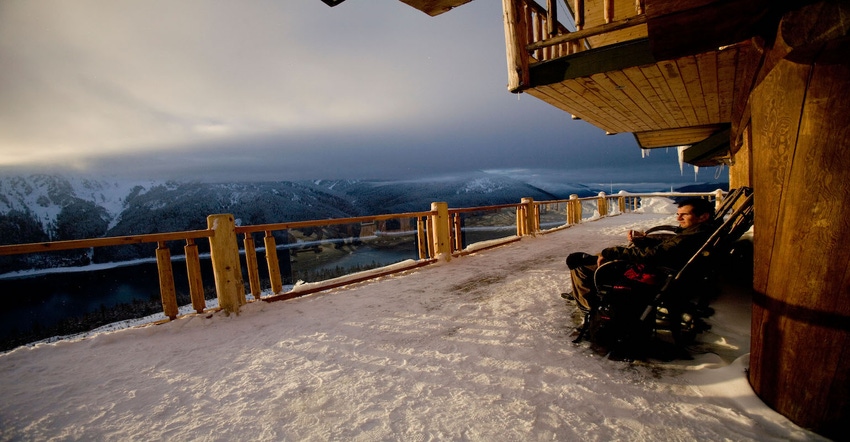3 Questions With a Deck Pro
Pool & Spa Professional sat down with decking expert Mike Guertin during this year’s PSP/Deck Expo to get his thoughts on decking best practices, complying with code and how to combat cold weather climates.

Mike Guertin is the president and owner of Michael R Guertin, Inc. After 40 years tackling every facet of residential construction from excavation and foundations to interior finish work and tile setting, he’s still challenged every day to find more efficient ways to build things better. Guertin has led the hands-on Deck Workshop at the Deck Expo and JLC LIVE for over 15 years. He writes regularly for several construction publications and appears in deck building education videos for Fine Homebuilding and MT Copeland. We sat down with Mike to get three answers to three questions today’s decking professionals need to know.
P&S Pro: You led several Deck Workshops at this year’s International Pool | Spa | Patio Expo™, co-located with Deck Expo (PSP/Deck Expo). What were some main takeaways for the audience?
Many deck builders have settled in on a set of construction practices that may or may not be efficient or even comply with deck-construction code. I hope they learn better code-compliant construction details that help them become more labor and material-efficient and build stronger, safer and more durable decks.
P&S Pro: One topic you focused on during your Deck Workshop was challenging deck ledger installations. What situations prevent installers from using bolts and screws?
The International Residential Code only offers two prescriptive fasteners options for fastening a ledger to a building—1/2 in. bolts and 1/2 in. lag screws—and in most cases, the ledger has to be in direct contact with wall sheathing and fastened into the rim joist of a house when using bolts and lags. The most common ledger installation challenge is fastening a deck to a building clad with veneer brick, stone or manufactured stone. The building code and industry standards specifically state that ledgers cannot be supported by veneer cladding.
P&S Pro: What mounting solutions can installers use to combat these challenges?
During the demonstration, I introduce several manufactured hardware and alternative design and construction resources that most deck builders are unfamiliar with. Maine Deck Bracket, Metwood Deck Bracket, BR Brick Bracket and the Simpson StrongTie BVLZ hardware can be employed to space the ledger off the wall so the non-structural cladding can remain in place between the back of the ledger and the wall. The deck ledger attachment design in the REMOTE guide developed by the Cold Climate Research Center in Fairbanks, Alaska is intended to use on walls covered with thick exterior insulation but can be used on buildings with masonry veneer cladding as well.
In addition to veneer cladding, there are other less common but just as challenging ledger installation situations. In northern climates we see some new homes built with continuous exterior insulation—foam or mineral wool—to comply with the energy conservation code. In areas with deep snowfall, decks are built one step (6 in. to 7 1/2 in.) lower than the interior floor level. While this doesn't seem like a big deal, the prescriptive code fastener pattern doesn't allow for the step-down.
Attaching ledgers to concrete or CMU walls is another challenge. It may sound simple, but the deck code doesn't offer any guidance on what anchors to use or how to space them. And sometimes deck ledgers need to attach in the middle of an exterior wall rather than along a rim joist—so fastening ledgers into studs is a challenge decking professionals need to educate themselves on.
About the Author(s)
You May Also Like




